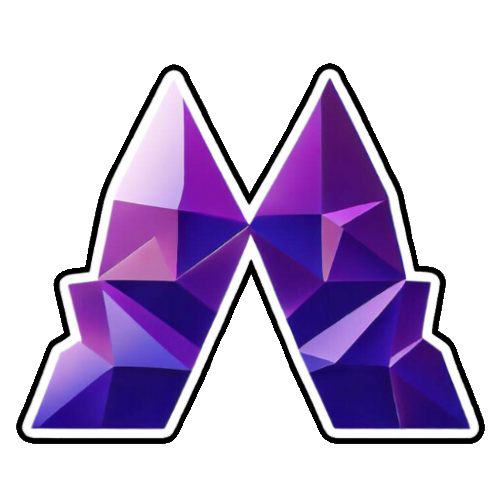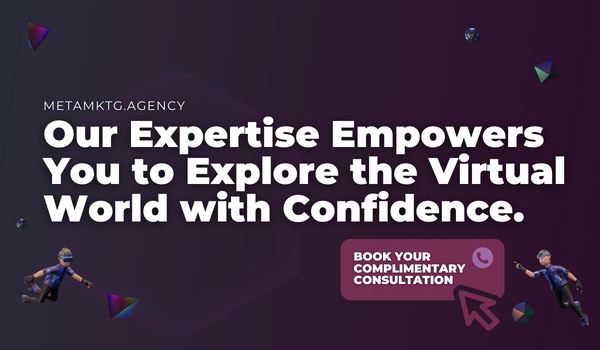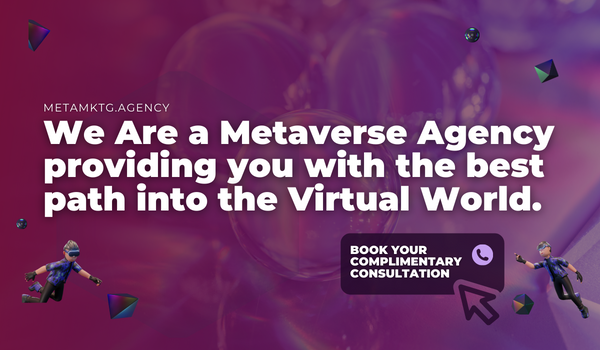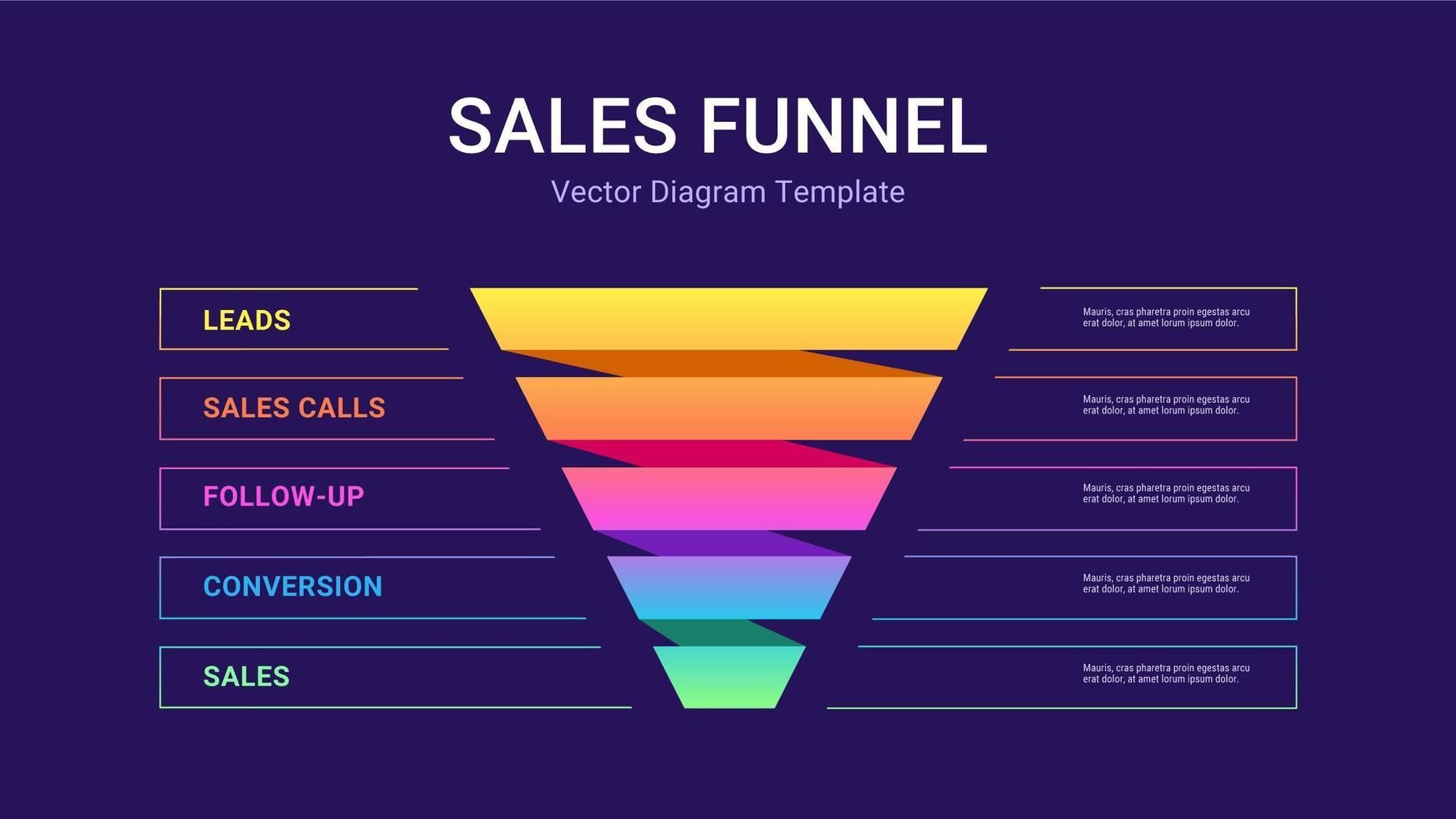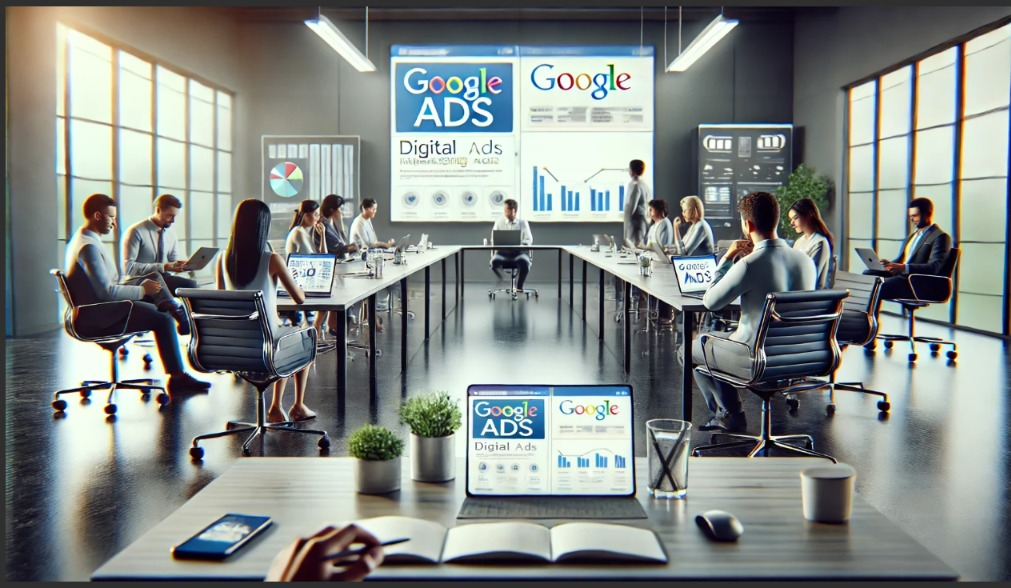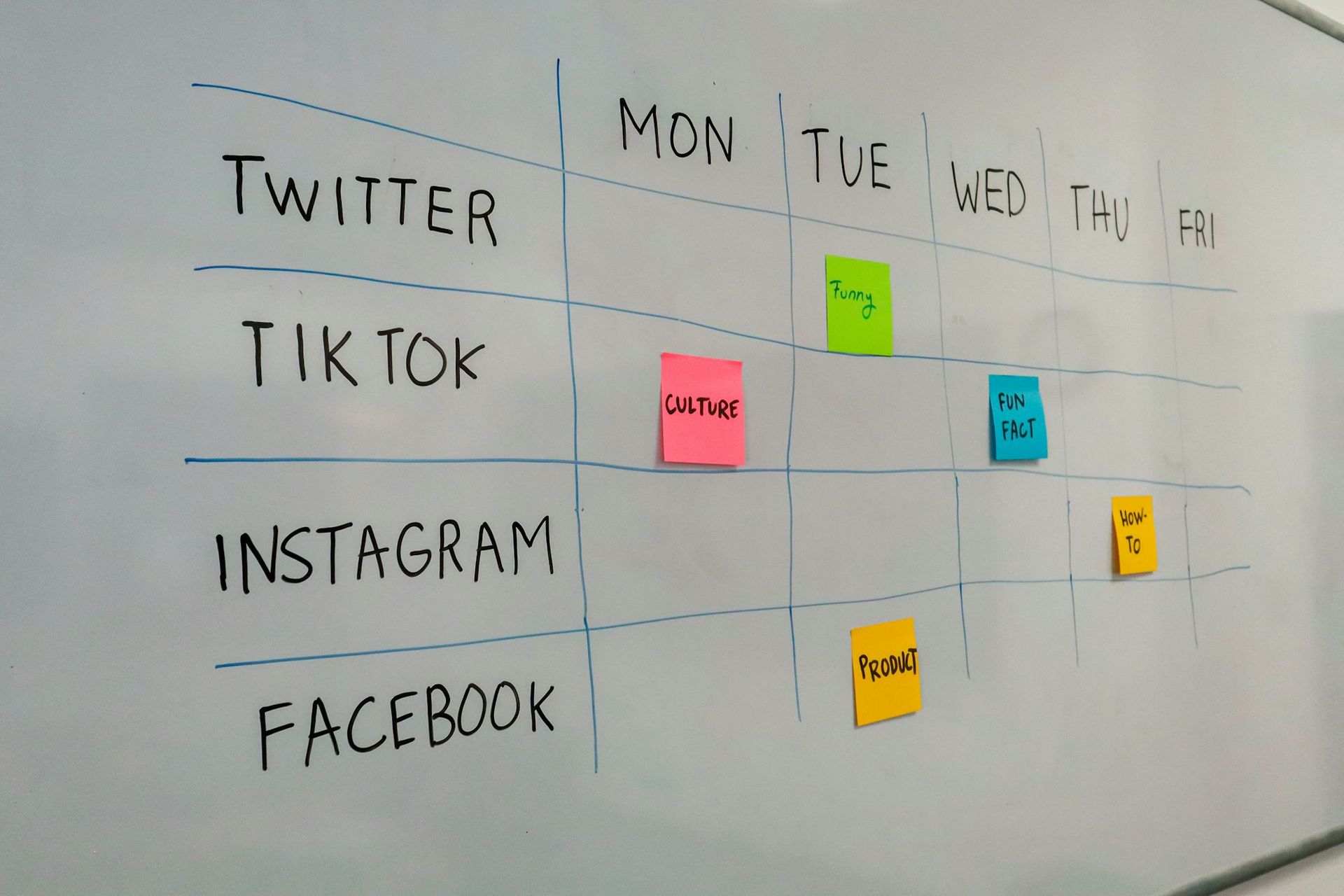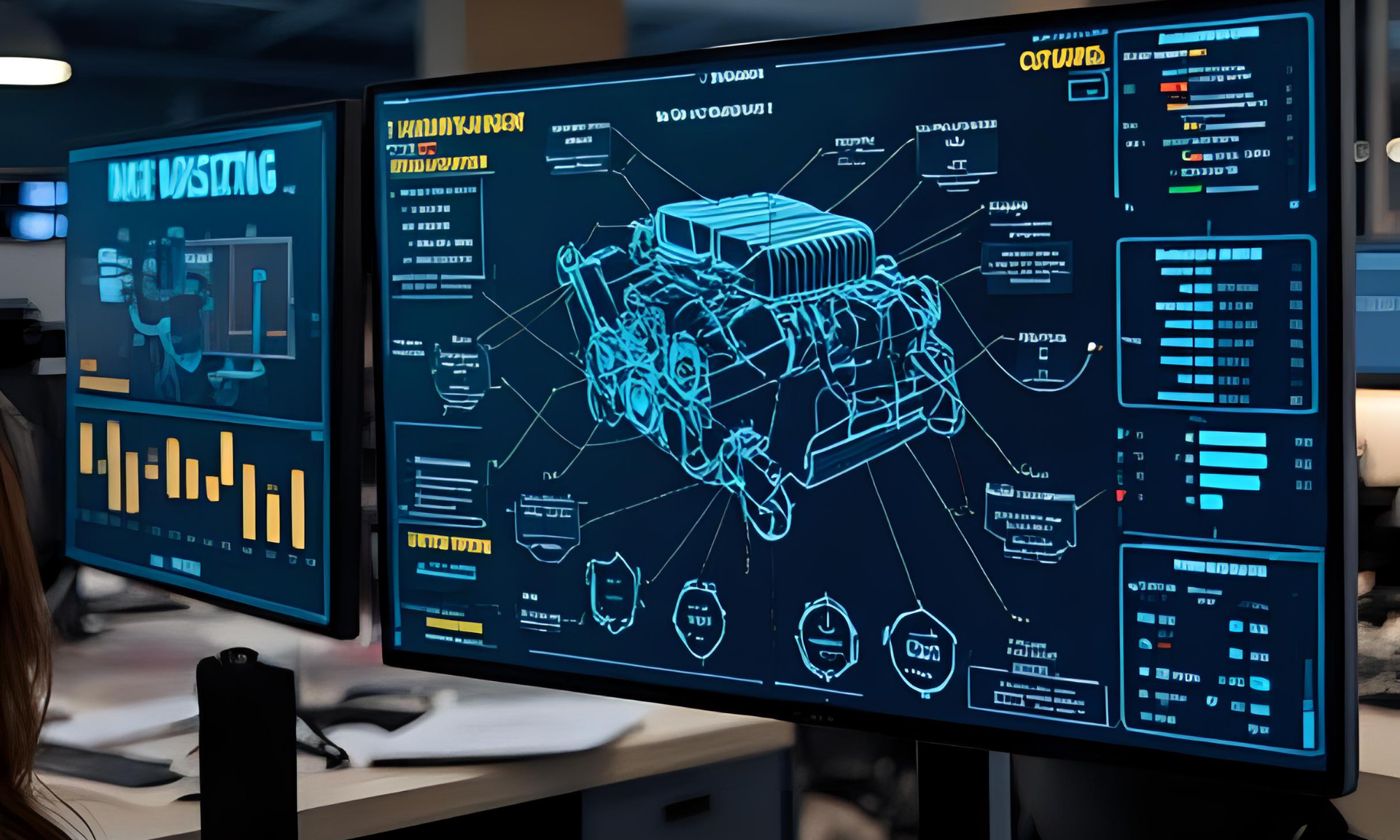Custom Metaverse Solutions: Architect the Virtual Experience
Exploring Custom Metaverse Solutions: Tailored Experiences in the Virtual World [Detailed Guide]

Introduction
The digital landscape is evolving rapidly, with one of the developments in recent years being the emergence of the Metaverse. A term originally coined in science fiction, the Metaverse refers to a vast interconnected virtual space where users can interact, create, and socialize in a shared online environment. It is a conglomeration of virtual worlds, and a convergence of traditional screens, augmented reality (AR), virtual reality (VR), and the internet, blurring the lines between the physical and digital realms.
The Growing Importance of Metaverse Solutions
In recent years, the Metaverse has gained significant traction and has become a focal point for tech giants, big brands, entrepreneurs, and innovators. The concept's popularity has soared due to its potential to revolutionize various industries and reshape the way we interact with digital content.
From the entertainment sector to education, healthcare, marketing, and beyond, the Metaverse offers a transformative and immersive platform for delivering experiences that were previously confined to the physical world. As a result, businesses and organizations across diverse sectors are beginning to recognize the value of integrating Metaverse solutions into their strategies.
The Need for Customization
While the Metaverse holds immense promise, it is crucial to acknowledge that a one-size-fits-all approach is not suitable for reaping its full benefits. Each business, industry, and target audience has unique requirements, preferences, and objectives. To harness the true potential of the Metaverse, customization becomes paramount.
Custom Metaverse solutions refer to tailoring virtual experiences to suit specific businesses, industries, and individual needs. By customizing the Metaverse, companies can create engaging and purpose-driven experiences that resonate with their target audience and align seamlessly with their business goals.
Purpose of this Guide
The primary objective of this resource guide is to shed light on the significance of custom Metaverse solutions in today's digital landscape. We will delve deeper into the concept of the Metaverse, understanding its scope and potential applications. Moreover, we will explore why a customized approach is crucial for businesses looking to leverage the Metaverse effectively.
Throughout the blog, we will showcase the importance of strategy when entering the space, illustrating how businesses from different industries can successfully implement tailored Metaverse solutions using expert advice from our team of Metaverse strategists at Meta Marketing Agency.
Additionally, we will provide insights into why selecting the right Metaverse team is a crucial consideration when embarking on a custom Metaverse project.
By the end of this guide, you’d have been provided with a comprehensive understanding of the Metaverse's possibilities and the importance of unique brand customization. Armed with this knowledge, you will be able to make informed decisions when exploring Metaverse solutions with your designated Metaverse partner.
Table of Contents:
Understanding Custom Metaverse Solutions
What are Custom Metaverse Solutions?
Custom Metaverse solutions refer to personalized and bespoke virtual experiences designed to cater to the unique needs, goals, and characteristics of a particular business, industry, or target audience. Unlike off-the-shelf or generic solutions, custom Metaverse experiences are carefully crafted to align seamlessly with a company's vision and objectives.
In a custom Metaverse solution, every aspect of the virtual environment can be tailored, including the visual aesthetics, interactive elements, user interfaces, functionalities, and content. This level of customization empowers businesses to create immersive and engaging experiences that resonate deeply with their users, fostering a strong emotional connection and brand loyalty.
Importance of Tailoring Metaverse Experiences
The Metaverse is a dynamic and diverse space with limitless possibilities. However, a generic approach to its utilization may not fully exploit its potential. Tailoring Metaverse experiences is essential for several compelling reasons:
- Relevance to Your Industry: Different industries have distinct requirements and objectives. Customizing the Metaverse ensures that the virtual experience is directly relevant to your industry, addressing specific pain points and challenges.
- Target Audience Engagement: A personalized Metaverse experience appeals more effectively to your target audience. Understanding their preferences, behaviors, and expectations allows for the creation of experiences that resonate and captivate users.
- Brand Identity and Consistency: Custom solutions allow you to incorporate your brand's identity seamlessly into the Metaverse. This reinforces brand recognition and consistency across all touchpoints, enhancing your brand's overall impact.
- Optimized User Experience: Tailored Metaverse solutions can optimize the user experience, making it intuitive, user-friendly, and enjoyable. This leads to higher levels of user engagement and satisfaction.
- Flexibility and Scalability: Customization enables businesses to adapt and evolve their Metaverse experiences over time. It ensures that the solution remains relevant and scalable as technology and market trends change.
Benefits of Custom Solutions for Your Business
Embracing custom Metaverse solutions can yield a wide range of benefits that positively impact your business:
- Competitive Advantages
- Enhanced Customer Loyalty
- Improved Business Objectives Alignment
- Data-Driven Insights
- ROI Maximization
- Versatility and Adaptability
Concluding these points, custom Metaverse solutions are a powerful tool for businesses looking to harness the true potential of the Metaverse. By tailoring virtual experiences to their unique needs and target audience, we help companies unlock a wealth of benefits, including increased engagement, improved brand loyalty, and a competitive edge in the digital landscape.
Identifying Your Industry-specific Needs
Analyzing Your Industry's Characteristics
Before embarking on your metaverse journey, it is essential we help you gain a thorough understanding of your industry's unique characteristics. Different industries have distinct requirements, target audiences, and objectives, which can significantly impact the design and implementation of a custom Metaverse solution. When we embark on journeys with our partners entering the space, this is the key criteria we always address:
- Study Market Dynamics: Conduct in-depth research on the current state of your industry in the digital realm. Analyze how businesses in your sector are leveraging the Metaverse and the outcomes they've achieved.
- Identify Competitor Strategies: Investigate how your competitors are exploring the Metaverse landscape. Understanding their strengths and weaknesses can help you identify gaps and opportunities. If you are having a tough time spotting your competitor, we would be glad to help.
- Recognize Customer Behavior: Delve into consumer behavior within your industry. Understand how your target audience interacts with digital content and their preferences in immersive experiences. This part is especially important and requires a special eye for detail.
- Regulatory Considerations: Be mindful of any industry-specific regulations or compliance requirements that may impact the design and execution of your Metaverse solution.
Identifying Pain Points and Challenges
Recognizing the pain points and challenges within your industry is crucial for creating a Metaverse solution that addresses real-world needs effectively.
Engage Stakeholders: Collaborate with key stakeholders, including employees, customers, and partners, to gather insights into the challenges they face in the industry and their pain points related to digital experiences.
Evaluate Existing Solutions: Assess any current digital solutions or platforms used within your industry. Identify their limitations and areas where they fail to meet your business's and users' expectations.
Consider Technological Barriers: Be aware of any technological limitations or infrastructure constraints that may impact the implementation of Metaverse solutions within your industry.
Anticipate User Adoption: Consider potential resistance to adopting new technologies within your target audience. Addressing concerns in the early stages can improve user adoption rates.
Exploring Opportunities in the Metaverse
The Metaverse presents a wealth of opportunities for various industries, and recognizing these possibilities can lead to innovative and impactful solutions.
- New Revenue Streams
- Enhanced Customer Engagement
- Virtual Training and Education
- Remote Collaboration and Workspaces
- Brand Storytelling and Marketing
- Customer Support and Service
By understanding your industry's unique needs, pain points, and opportunities within the Metaverse, we can lay a solid foundation for developing a custom solution that effectively addresses your business's specific objectives and target audience. The insights gained during this phase will shape the direction of your Metaverse activation and ensure it aligns seamlessly with your industry's requirements.
Knowing Your Audience in the Metaverse
Defining Your Target Audience and User Personas
Understanding your target audience is crucial for designing a successful Metaverse experience. User personas help our team create a clear picture of the people who will be engaging with virtual activations. User personas and target audiences are generally are made up from the following core pillars:
- Demographics: Identify the age, gender, location, and other relevant demographic factors of your target audience.
- Interests and Preferences: Determine the interests, hobbies, and preferences of your audience to tailor the content and activities within the Metaverse.
- Behavior and Motivations: Understand the behavior and motivations of your users when they engage with digital experiences.
- Challenges and Pain Points: Identify the challenges and pain points your target audience faces, and how the Metaverse can address those issues. This can also include connectivity limitations in different parts of the world. Especially pertaining to blockchain connectivity if applicable.
Understanding Behavior in Virtual Environments
Virtual environments bring forth unique user behaviors that differ from the physical world. Understanding these behaviors helps design more engaging and intuitive Metaverse experiences.
- Navigation and Interaction: Analyzing how users navigate and interact with virtual spaces. Consider the learning curve and user-friendly interfaces.
- Social Interaction: Observing how users engage with others in virtual communities. Social aspects play a significant role in the Metaverse.
- Immersive Elements: Understanding how immersive elements like VR, AR, and haptic feedback impact user experiences.
- Gamification: Explore the potential for gamification to increase user engagement and motivation within the virtual environment.
Tailoring Experiences to Meet Target Audience Expectations
To ensure a meaningful and captivating Metaverse activation, it is essential to meet and exceed your audience's expectations. Here are our key points we consider when tailoring experiences for our brands:
Personalization: Customize content and interactions based on user preferences and behaviors.
Realism and Authenticity: Strive for a level of realism and authenticity that aligns with your audience's expectations.
Engaging Storytelling: Utilize immersive storytelling techniques to create narratives that resonate with users.
Relevance and Value: Ensure that the virtual experience offers real value to your audience, whether it's entertainment, education, or utility.
Social Connectivity: Facilitate meaningful social connections within the Metaverse to enhance the overall experience.
Continuous Improvement: Gather user feedback and data to continuously improve and evolve the Metaverse experience based on user preferences.
By knowing your target audience and understanding how they may behave in virtual environments, we can start the process of designing a custom Metaverse experience that speaks directly to your audience’s needs, desires, and expectations.
Tailoring the Metaverse experience ensures higher engagement, stronger connections, and increased satisfaction, making your virtual environment a preferred destination for your audience within the vast digital universe.
Aligning Metaverse Solutions with Business Objectives
Setting Clear Goals
Before delving into Metaverse solutions, it is essential to establish clear and measurable business goals. Aligning your virtual experiences with these goals ensures that the Metaverse becomes a strategic asset for your organization.
Identify Key Objectives:
Define specific, realistic, and time-bound objectives that your business aims to achieve through Metaverse implementation. These could include increasing brand awareness, driving sales, enhancing customer engagement, or expanding market reach.
Quantify Success Metrics:
Determine the metrics that will measure the success of your Metaverse initiatives. These metrics may include website traffic, conversion rates, customer retention, user engagement time, or revenue generated.
Consider Long-term Vision:
Incorporate your organization's long-term vision into the Metaverse strategy, ensuring that virtual experiences align with your overall business trajectory.
Mapping Metaverse Solutions to Business Objectives
With a clear set of business goals, the next step is mapping Metaverse solutions to effectively achieve your objectives. When on the drawing board, our metaverse specialists actively seek to:
- Identify Relevance: Analyze how each Metaverse solution aligns with specific business goals. Assess its potential to address challenges and contribute to the desired outcomes.
- Customize Experiences: Tailor the Metaverse experiences to support the intended business objectives. This could involve emphasizing certain features, content, or interactions to optimize results.
- Integration with Existing Strategies: Ensure that the Metaverse strategy aligns with your broader marketing, sales, or customer service strategies. Integrate virtual experiences seamlessly into your existing workflows.
- Address Pain Points: Leverage the Metaverse to provide solutions for customer pain points and challenges, enhancing customer satisfaction and loyalty.
Measuring Success and ROI
To gauge the effectiveness of your Metaverse solutions, it is crucial to establish a robust measurement and evaluation framework. At Meta Marketing, we've developed an ROI Success Framework, it looks like:
- Define Key Performance Indicators (KPIs)
- Data Collection and Analytics
- Monitoring & Reporting Definitions
- ROI Assessments
- User Feedback and Satisfaction
- Iterative Optimization
By aligning Metaverse solutions with clear business objectives and consistently measuring their success, we ensure that your virtual experiences become a powerful driver of growth and success for your organization. Strategic alignment and data-driven decision-making will pave the way for a thriving presence in the Metaverse and positively impact your overall business performance.
Key Considerations for Custom Metaverse Solutions
Technology and Infrastructure Requirements
Creating a successful custom Metaverse solution requires careful consideration of the underlying technology and infrastructure needed to support the virtual environment.
Scalability: Ensure that the chosen technology stack can handle a growing number of users and activities without compromising performance.
VR/AR Capabilities: Determine whether your Metaverse solution will incorporate virtual reality (VR), augmented reality (AR), or both, and select compatible hardware and software accordingly.
Cloud Integration: Consider leveraging cloud-based services to support the storage, processing, and real-time delivery of content in the Metaverse.
Bandwidth and Latency: Account for potential bandwidth and latency issues to deliver smooth and immersive experiences, especially for real-time interactions.
User Experience and Interface Design
The success of a custom Metaverse solution heavily relies on delivering an exceptional user experience (UX) and intuitive interface design.
User-Centric Approach: Prioritize user needs, preferences, and expectations when designing the Metaverse experience to create a seamless and enjoyable journey.
Intuitive Navigation: Create straightforward navigation and interactions within the virtual environment, minimizing the learning curve for users.
Visual Aesthetics: Pay attention to the aesthetics of the Metaverse, ensuring appealing graphics, animations, and overall visual fidelity.
Interaction Feedback: Incorporate feedback mechanisms that provide users with clear indications of their actions and the consequences of their interactions.
Interoperability and Cross-platform Support
The ability to operate across multiple platforms and seamlessly interact with other digital ecosystems is essential for a successful custom Metaverse solution.
Cross-platform Compatibility: Ensure that your Metaverse can be accessed and experienced across various devices, such as VR headsets, desktops, mobile devices, and web browsers.
Interconnected Environments: Design your virtual world to enable interactions and connectivity between different Metaverse platforms and applications.
API Integration: Consider implementing APIs and standards that allow easy integration with other applications and services to enhance versatility.
Getting Started with a Metaverse Project
Getting started on a Metaverse project may not seem like an easy task, that is unless of course you have a dedicated team of virtual world experts at your side ready to help you every step of the way. Which is why we’ve created our resources to help guide you, while enabling us to provide the optimal route into the Metaverse with an unbiased and performance-driven strategy.
Based on our expertise in the space, spanning back to the conception of the Metaverse as it pertains to virtual worlds, we undoubtedly have the experience and dedication needed to provide companies with the best foot forward into their virtual world endeavors.
We invite you to book a call with our strategy team. First, to get a sense of what to expect, here is how we actively plan and scope out our potential Metaverse activations:
Defining Project Scope and Requirements
- Identify Objectives
- Audience Analysis
- Budget and Resources
- Scope Definition
- Selecting the Right Partners
- Discovery Workshops
- Storyboarding and Prototyping
- Feedback and Iteration: Provide feedback
Development, Testing, and Deployment Process
Upon agreement on terms with your development partner, the deployment process is as straightforward and effective as can possibly be:
Technology Development: The agency will start building the Metaverse solution, incorporating VR/AR elements, user interfaces, and interactive content.
Testing and Quality Assurance: Rigorous testing and quality assurance will be conducted to identify and rectify any bugs or issues within the virtual environment.
User Testing: Involve a select group of users to test the Metaverse experience and gather valuable feedback to make necessary improvements.
Deployment and Launch: Once the Metaverse project meets all requirements and is thoroughly tested, it is ready for deployment and public launch.
Concluding the Guide...
Custom Metaverse solutions play a pivotal role in revolutionizing how businesses engage with their audiences. By tailoring experiences to meet specific industry needs, target audience preferences, and business objectives, we help companies achieve unparalleled levels of user engagement, brand loyalty, and market differentiation as compared to those who don’t enter with a strategic approach.
Embracing the Metaverse is not just a futuristic concept—it is an opportunity to stay ahead of the competition and transform the way you connect with your customers. Tailored Metaverse experiences have the potential to elevate your brand and unlock new possibilities for growth and success.
By following the essential steps for getting started with a custom Metaverse project, you can lay the foundation for a successful and immersive virtual experience that brings your brand, customers, and vision closer together in this exciting new era of the digital frontier.
Frequently Asked Questions
Key Takeaways
1. The Metaverse is an immersive virtual space where users interact, socialize, and engage across interconnected digital environments, offering vast possibilities for various industries.
2. Custom Metaverse solutions are personalized experiences designed to align with specific industry needs, target audience preferences, and business objectives.
3. Tailoring Metaverse experiences is essential to create relevance, engagement, and authenticity, enabling businesses to address user pain points effectively.
4. Custom solutions provide a competitive advantage, enhance customer loyalty, and align virtual endeavors with broader business strategies.
5. Understanding your industry's characteristics, identifying pain points, and exploring opportunities in the Metaverse is crucial for successful customization.
6. Knowing your target audience's behavior in virtual environments helps design intuitive, immersive, and user-friendly Metaverse experiences.
7. Aligning Metaverse solutions with clear business goals ensures that the virtual environment becomes a strategic asset for achieving specific objectives.
8. Collaboration with a reputable Metaverse agency and careful conceptualization refine the project's scope and translate visions into tangible experiences.
9. The development, testing, and deployment process ensures the virtual solution meets requirements and delivers a seamless user experience.
10. Key considerations, including technology, user experience, interoperability, and data privacy, must be addressed to create a secure and impactful custom Metaverse solution.
11. Taking the right steps and encouraging businesses to explore tailored Metaverse experiences can unlock the transformative potential of this digital frontier.










